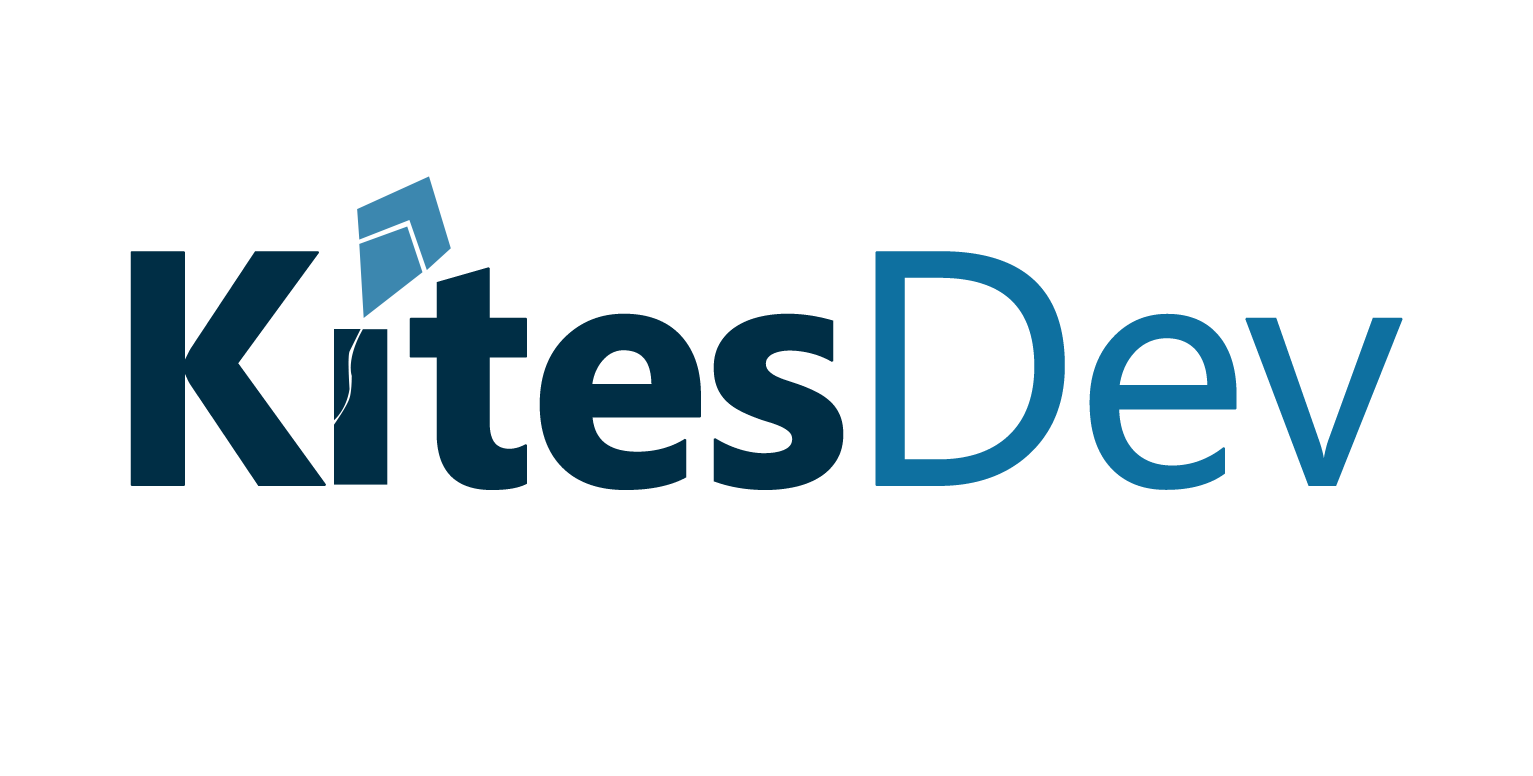How Technology is Transforming Healthcare Delivery in the 21st Century
In the 21st century, technology has rapidly evolved, becoming an integral part of everyday life. From smartphones to artificial intelligence to virtual reality, advances in technology have changed the way we live, work, and communicate. As technology continues to evolve and become more sophisticated, it is also changing the way healthcare is delivered.
In the healthcare sector, technology is transforming the way providers interact with patients and deliver care. From electronic health records (EHRs) to telemedicine to cloud computing, technology is making healthcare more accessible, efficient, and cost-effective. Here are some of the ways technology is transforming healthcare delivery in the 21st century.
Electronic Health Records (EHRs)
Electronic health records (EHRs) are digital versions of the traditional paper-based medical records. EHRs allow providers to store and share patient information quickly and securely. This makes it easier for providers to access patient information, track patient progress, and provide better care.
EHRs also enable providers to quickly access patient data, reducing the time needed to diagnose and treat patients. This helps healthcare providers save time, money, and resources while improving patient outcomes.
Telemedicine
Telemedicine refers to the use of technology to provide remote medical care. Telemedicine allows patients to access healthcare services without having to physically visit a doctor’s office. This can be especially beneficial for those who live in rural areas or who have mobility issues.
Telemedicine also makes healthcare more accessible and efficient. Through telemedicine, providers can diagnose and treat patients, order lab tests, and provide follow-up care without the need for an in-person visit.
Cloud Computing
Cloud computing is another technology that is transforming healthcare delivery. Cloud computing allows healthcare providers to store and share data in the cloud, making it easier to access patient records and other information. Cloud computing also enables providers to quickly access data, reducing the time needed to diagnose and treat patients.
Cloud computing also helps reduce costs by eliminating the need for physical storage space. By using cloud-based storage, healthcare providers can save time, money, and resources while improving patient outcomes.
Conclusion
Technology is rapidly transforming healthcare delivery in the 21st century. From electronic health records to telemedicine to cloud computing, technology is making healthcare more accessible, efficient, and cost-effective. As technology continues to evolve, it will no doubt continue to revolutionize the way healthcare is delivered.




